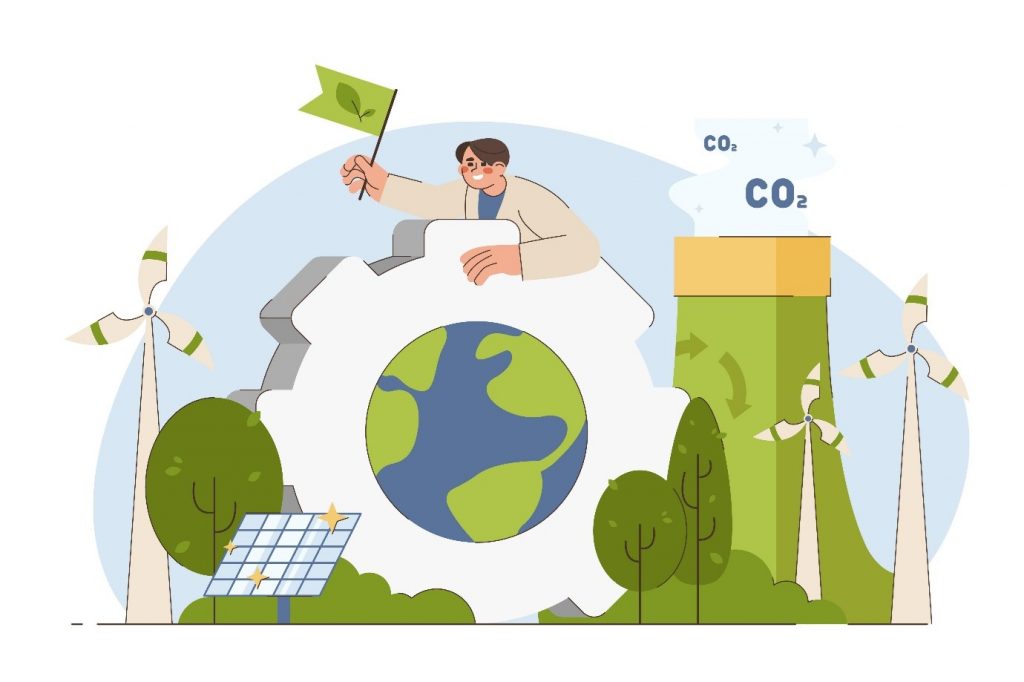The difference between ESG and sustainability communications is more than just a report
Many of my clients ask me to design a sustainability communications strategy when in reality what they are asking for is an ESG (environmental, social, and governance) communications strategy.

Sustainability and ESG communications are two related but distinct concepts
The misunderstanding between the two approaches is far and wide and even my fellow communications professionals are not fully clear on the difference between the two. And I don’t blame them, as it’s such a technical topic that requires years of up-skilling and re-skilling to get right.
Sustainability communications and ESG communications are related but distinct concepts. Here are some key differences:
Audience: The main audience for sustainability communications will be your customers, employees, suppliers, and community, whereas the main audience for ESG communications includes investors, regulators, and analysts.
Disclosure requirements: Many stock exchanges and regulators require companies to disclose ESG information as part of their financial reporting. Sustainability reporting, on the other hand, is generally voluntary, although there are several voluntary reporting frameworks that companies can use, such as the Global Reporting Initiative (GRI) or the Sustainability Accounting Standards Board (SASB).
Metrics and indicators: ESG communications tend to focus on specific ESG metrics and indicators that are relevant to financial stakeholders, such as greenhouse gas emissions, diversity and inclusion metrics, or board diversity. Sustainability communications may include a broader range of metrics and indicators, such as social impact metrics, sustainable supply chain practices, or employee engagement metrics.
As for the messages themselves, here are some key differences:
Sustainability messages refer to the communication of information related to sustainable development practices and goals. These messages can cover a wide range of topics, such as reducing carbon emissions, promoting renewable energy, protecting biodiversity, and improving social and economic conditions for communities.
Sustainability messages can be delivered by a variety of stakeholders, including businesses, non-profit organisations, government agencies, and individuals.
On the other hand, ESG messages specifically focus on the disclosure of information related to a company’s environmental, social, and governance practices. ESG information is used to assess a company’s overall sustainability performance, including factors such as its environmental impact, labour practices, human rights record, and corporate governance structure.
ESG messages are typically directed at investors and other stakeholders who are interested in evaluating a company’s sustainability performance and potential risks.
While sustainability messages and ESG messages share a common goal of promoting sustainability, ESG messages are more narrowly focused on the disclosure of specific types of information, whereas sustainability messages can cover a broader range of topics and may be aimed at a wider range of stakeholders.
 About the author
About the author
Gihan Hyde is the award-winning communication specialist and founder of CommUnique, an ESG communication start-up.
She has been implementing ESG campaigns in eight sectors, across six countries over the past 20 years.
Her campaigns have positively impacted over 150,000 employees and 200,000 customers and have closed over £300m in investment deals. Some of the clients she has advised include The World Health Organisation (WHO), HSBC, Barclays, M&S, SUEZ, Grundfos, Philip Morris, USAID, and the Saudi Government.
Get in touch with Gihan through LinkedIn or Twitter @gehanam.











































